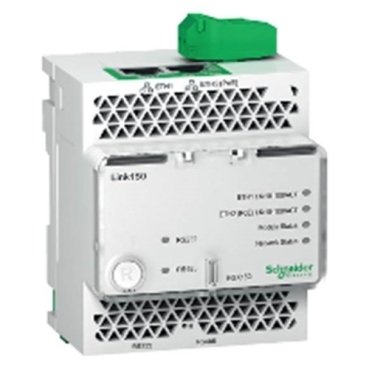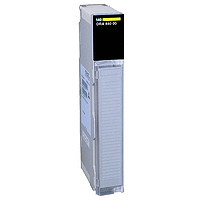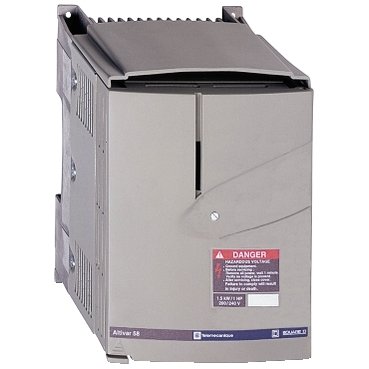EGX150 Schneider Electric Modbus RS485 Series Gateway
Original price was: $635.00.$489.00Current price is: $489.00.
The EGX150 gateway by Schneider Electric bridges Modbus RS485 devices with Ethernet networks, facilitating efficient data transfer and remote access.
3 in stock
Free shipping on orders over $5000!
- Satisfaction Guaranteed
- No Hassle Refunds
- Secure Payments




